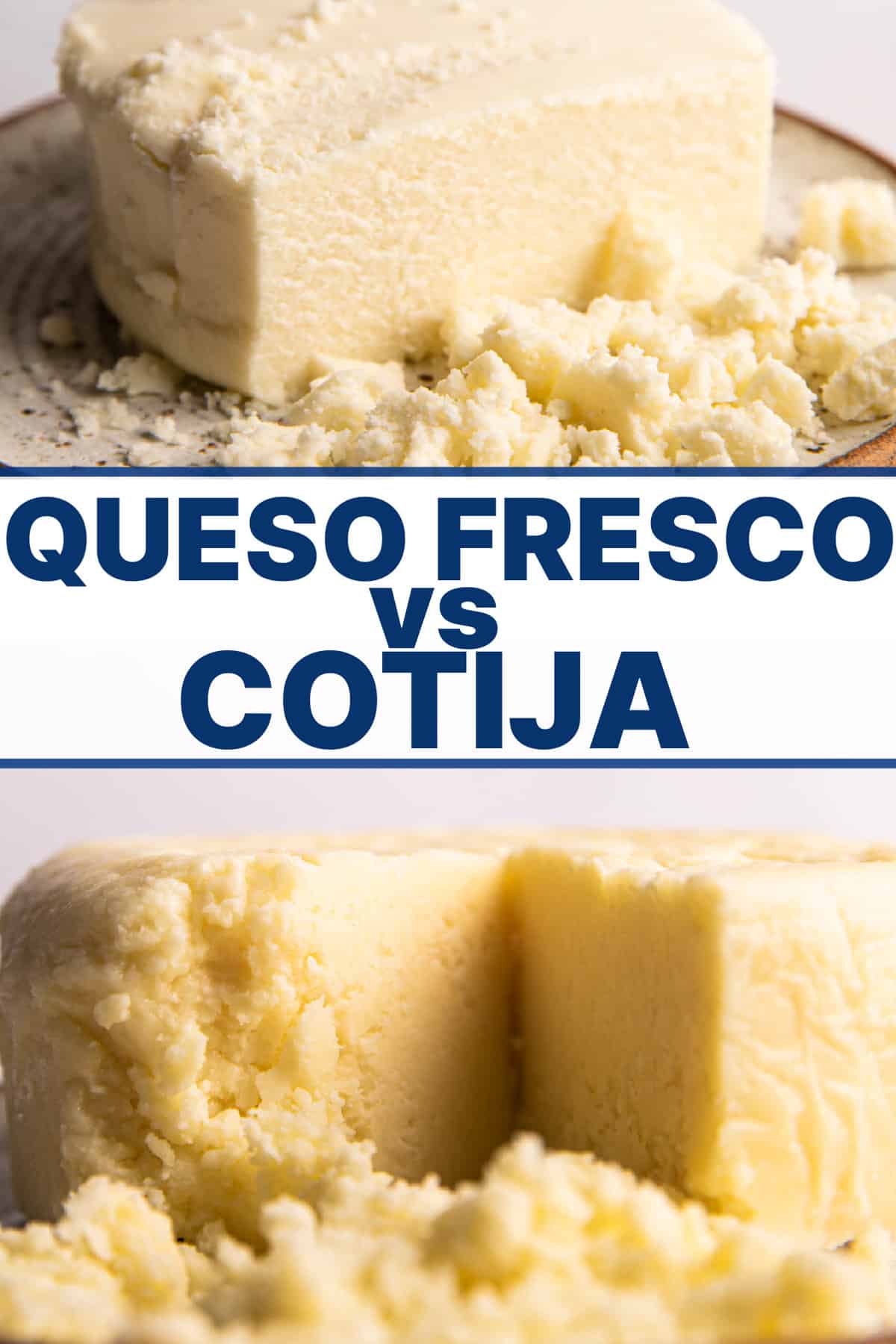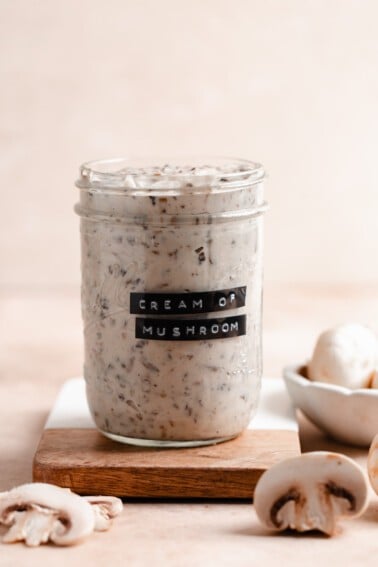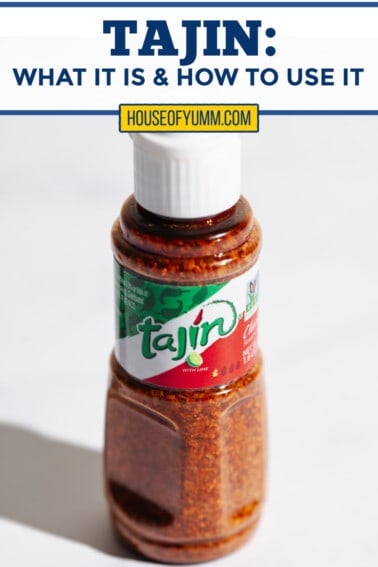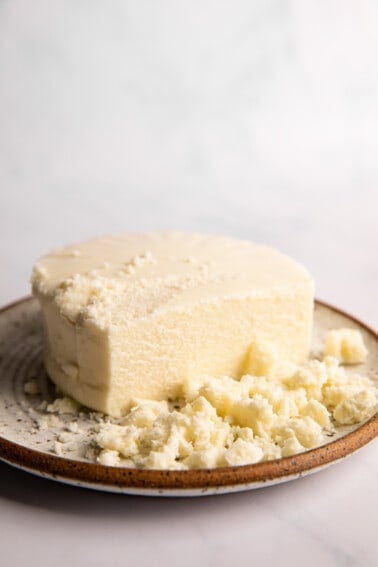This post may contain affiliate links. Please read our disclosure policy.
When it comes to topping your favorite Mexican dishes, Queso Fresco and Cotija cheese are classic choices. Come find out the differences between these two Mexican cheeses and how to choose which one to use or how to substitute.

When it comes to Mexican cuisine, two cheeses often used in recipes are cotija and queso fresco. While they may appear similar, these cheeses have distinct differences in flavor, texture, and culinary applications. Let’s take a look at queso fresco vs cotija.
About Cotija
Cotija cheese is a hard, crumbly cheese made from cow’s milk. It is named after the town of Cotija in the Mexican state of Michoacán, where it originated. The cheese is aged for several months, which gives it a salty and slightly tangy flavor. Cotija cheese is often used when preparing Elotes (Mexican Grilled Corn), and as a topping for tacos, enchiladas, migas, and tostadas.
About Queso Fresco
Queso fresco, on the other hand, is a soft, fresh cheese made from cow’s milk or a combination of cow’s and goat’s milk. It has a mild, slightly tangy, milky flavor and a crumbly texture similar to feta cheese. Queso fresco is commonly used in Mexican cuisine as a topping for dishes like enchiladas, tacos, and salads.
Queso Fresco vs Cotija (What is the difference)
- Ingredients: Cotija is typically made from cow’s milk while Queso Fresco can be made from cow or goat milk, or a combination of the two.
- Age: Cotija is aged 2 to 12 months, while queso fresco is not aged and is fresh, just as it’s name implies.
- Texture: Queso Fresco is much softer and more moist than cotija which has a drier, and more firm texture. Both cheeses are able to be sliced or crumbled.
- Taste: Due to the aging of the cotija is has a saltier flavor. Queso Fresco is incredibly mild and milky taste.
- Shelf Life: Cotija has a much longer shelf life than Queso Fresco.
- Nutrition: Both are relatively low in fat and calories, although Cotija has slightly more calories and fat.
How to substitute Cotija and Queso Fresco
If a recipe calls for Cotija or Queso Fresco, can you substitute with one with the other? Does it matter which one you use?
You can definitely use either of these cheeses in place of the other when called for in a recipe. Keep in mind the salty taste of the cotija when making the substitution though. You will most likely want to use less cotija than queso fresco.



